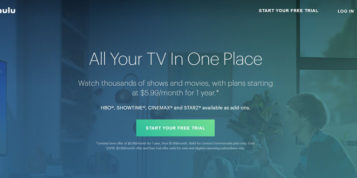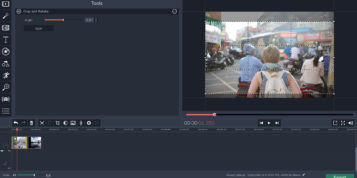
If a picture says a thousand words, then a 30 sec video can say 100,000’s of words; that’s why TV and video are viewed by ten times more people than those who read magazines or newspapers.
With YouTube now watched by over 800 million unique users each month and video now being shown in Google’s ‘Universal Search,’ it is clear that video plays a significant role in digital marketing.
But how do you get your video to show above the others?
Trying to get a video rank in search results for a particular set of relevant key phrases is no easy feat, and everyone wants their video to go ‘viral’.
Search engines such as Google and specialist video search engines like Blinkx have been working on using speech-to-text analysis since 2007 to work out the content of video.
Whilst a key use of this functionality is to make video’s more accessible to the hearing impaired and to those who speak other languages, Google and YouTube can also use this information to rank video’s within their engines, rather than simply relying on titles and tags.
In March 2010, YouTube launched automated captioning for all videos in English using Google’s speech-to-text recognition capabilities, and ensuring your video script was optimised with well researched keywords quickly became all the more important.
However, this technology is far from perfect. Choosing your title, description, tags, and adding your own closed captioning/subtitles to your video is the best way to ensure your video gets indexed properly.
But relying on search is not the only option to video producers. The wish for videos to go ‘viral’ has been with us since the early days of the internet. However, many brands are under the often mistaken impression that they can take their branded content, post it to their social media properties (YouTube channels, Facebook pages, Twitter, Pinterest boards, etc.), cross their fingers, and wait for their videos to reach 10,000 views.
Research from my team, undertaken nearly 20 years ago in an attempt to understand the ingredients needed to make a video go viral, examined the algorithms that were used to analyse the population growth of break-away ant colonies. What became abundantly clear was that having a video with a high chance of being shared was not the most important factor.
The video needs to be distributed to a significant number of the target market so that a proportion of them will share it and the sharing virus can begin and maintain momentum.
Within this process, the initial population who are exposed to the video are key; they need to be ‘infected’ for it to take off.
There are three key categories for distribution:
Owned
Owned media are the channels that the brand controls and form an essential role in thesyndication and social bookmarking of your video.
They include channels such as Vimeo, Facebook and YouTube.
Owned views help to build for longer-term relationships with existing potential customers and earned media; however, company communications are often not trusted and this type of distribution can take time to scale.
Earned/Shared
Earned/shared views occur when the customer becomes the channel. This type of promotion plays a key role in sales and is the most credible of the three types of promotion.
Syndication and social bookmarking of your video is especially important here.
Paid
Paid promotion is simply the views that occur when a brand has paid to leverage their content. This can include pre-roll, rich media banner ads and native placements, such as paid search ads via Viewscape and/or AdWords for video (TrueView in-stream ads).
While they are not seen as a particularly credible distribution option, these views are the easiest to scale and control.
Summary
It is essential that videos are correctly optimised in order for search engines to rank them. Additionally, the more spent on paid views, the more opportunity there is to garner earned views and increase levels of user engagement.
Remember, you can’t share what you didn’t see.






